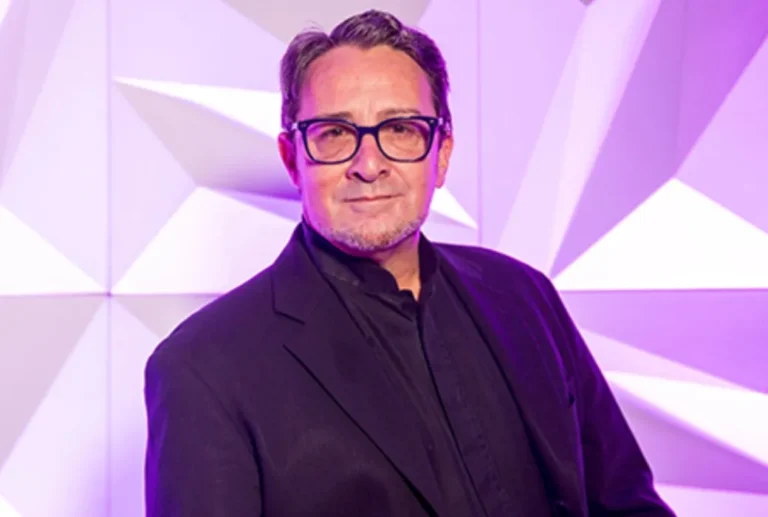
High in the sky
BY KRISTEN TSIAMIS
The future of Sydney City will be the focus of the upcoming local council elections on September 10th.
Urban architect Philip Thalis is one of the candidates vying for election in Clover Moore’s Independent Party in the City of Sydney. Thalis’ architectural background means that he has a unique grasp of the need for public space, and the integration between built environments and citizens.
Thalis’ designs are on display at Pirrama Park in Pyrmont and the Olympic Park. Thalis and his team also won the design plan for Barangaroo, however this was put aside for plans of a high-rise casino, which has now been built.
The City of Sydney has said that they are in strong support of and have proposed a change to the maximum height legislation and allowing more high-rises in the Sydney CBD. If you’re one of many Sydney-siders who are afraid of Sydney becoming another Shanghai, you’re not alone.
Approval of the proposal would mean that new tower clusters are set to emerge if the City of Sydney’s proposal to change the Sydney building height restrictions from 235 meters to over 305 meters.
Thalis’ architectural background offers a strong reason as to why he is in support of more high-density living spaces and high-rise buildings in Sydney’s CBD. Thalis said that Sydney is far better for having both residential and commercial buildings, side by side.
Thalis said that the last 25 years have seen a “huge increase [in residents] in the CBD, and its made Sydney far more populous.” In the 80’s, he said, the city was very quiet, and “having people living in the city was designed to make it a 24/7 365 atmosphere” and Thalis believes that in this regard, the combination of residential and commercial housing has been successful.
Mr Thalis also said that high-rise buildings and increasing the number of people that are living and working in the CBD is key to “keeping the life of Sydney”, and said that developers are merely taking up the opportunity to capitalize on this. Thalis said that developers won’t build housing if there isn’t a demand for it.
The development of high-rise buildings isn’t a new concept, according to Thalis, who said that the more than 75-meter proposed rise isn’t unusual. “Sydney has been rising since the height limit was lifted in 1960, so it’s easy to see that trend is going to continue.”
The Baird government’s plans to connect South-Western Sydney directly to the city which would involve the creation of seven stations including Crows Nest and Barangaroo, in attempts to meet the projected growth in the working and living population of Sydney. Work on the Metro is not set to start until at least 2017, with an expected completion some time during 2024.
Despite this, Thalis is confident that this vacancy is not cause for concern, as people have “smaller desk space, and office spaces can have more people in a room than has been historically possible” he said.
Sydneysiders waiting for public transport infrastructure isn’t a new phenomenon either, as the “planning for the City Circle line was planned in the 1920’s, but wasn’t build until the 1950’s…cities take years to build, and they build themselves off public transport” Thalis said.
Making long-term structural decisions isn’t an easy decision to make, but Sydney has been suffering from an “enormous deficit of transport infrastructure, and this government is trying to catch up, in the backdrop of neglect” Thalis said. Thalis also cites the pulling up of the 360 kilometers of tramlines as the worst decision made for public transport, and said that it led to “the entire post-war period being one of neglect” [in regard to public transport].
Whether the City’s proposal goes ahead remains to be see, however Thalis said “great cities are made up of a mix of things, and Sydney is becoming a part of that.”









